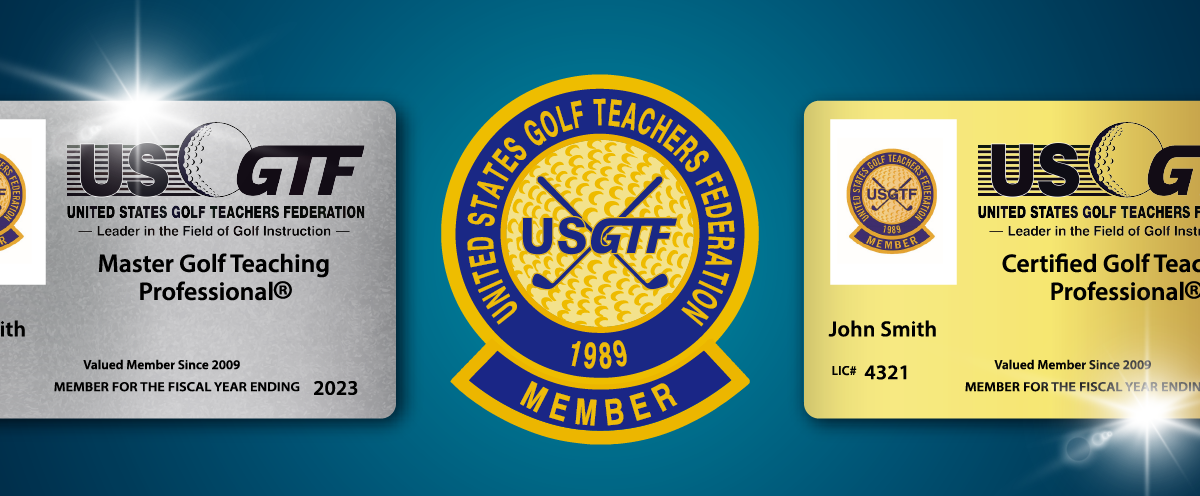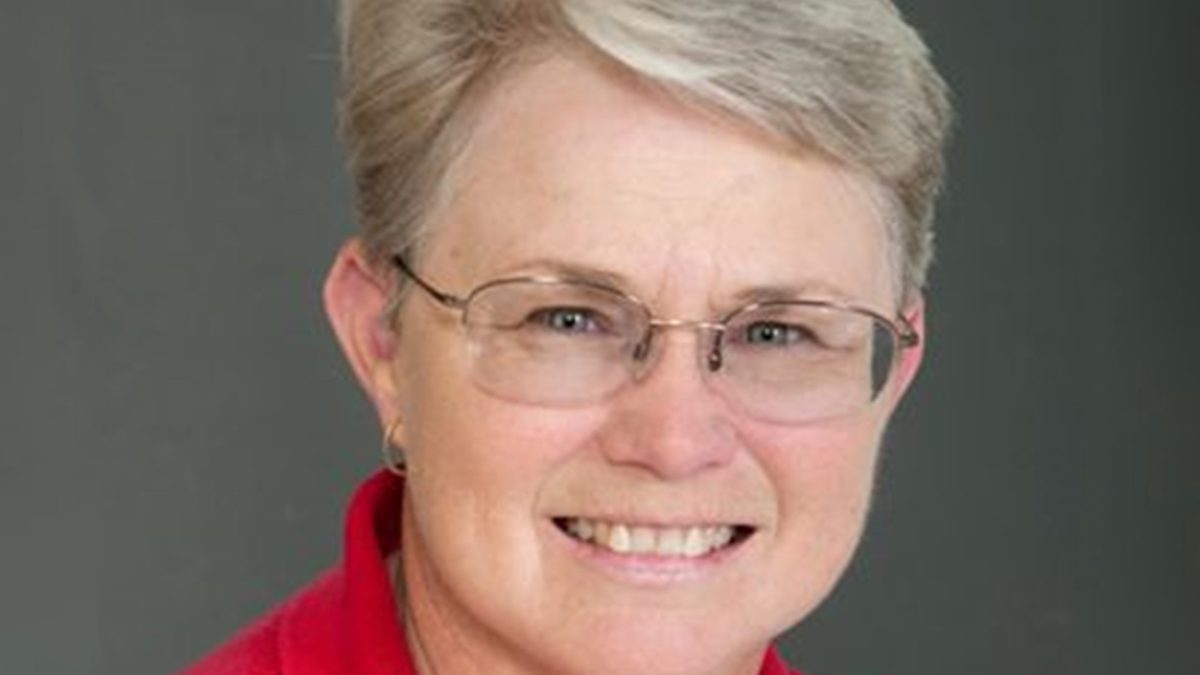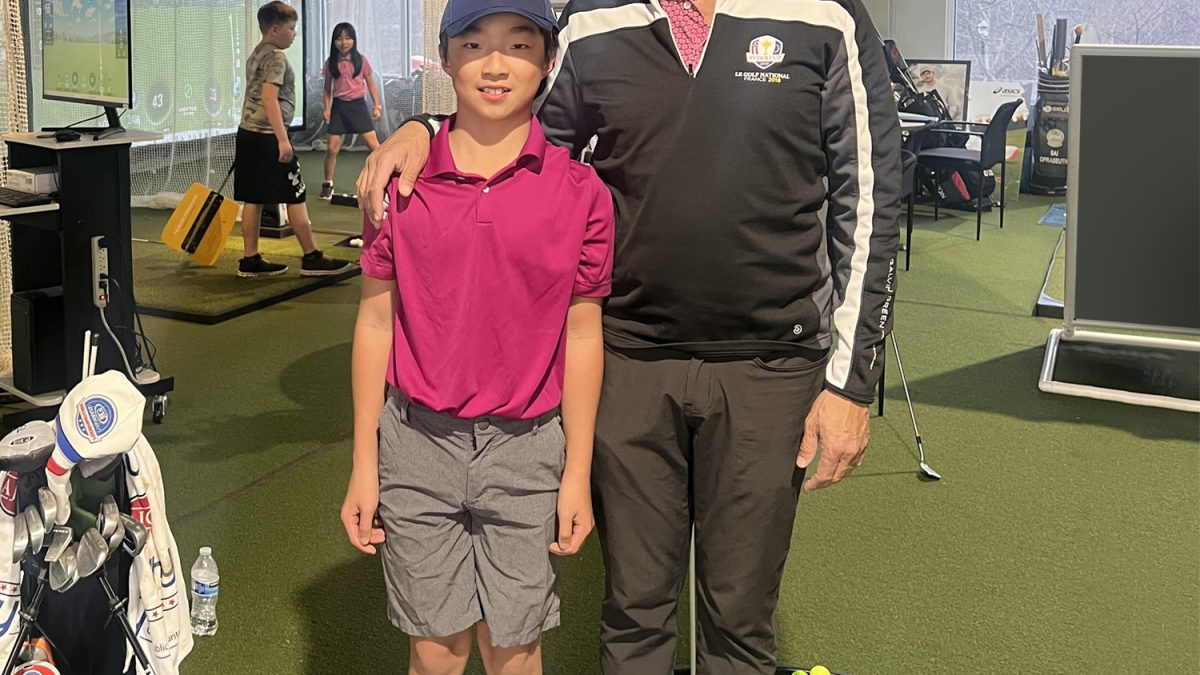Uncategorized
CERTIFIED AND MASTER GOLF TEACHING PROFESSIONAL® CERTIFICATION COURSES
In the ever more-competitive world of golf instruction, having certification is vital to having a pathway to success. USGTF certification courses give golf teachers more than a leg up on the competition; they serve as notice that a USGTF professional is trained and competent.
Certified Golf Teaching Professional courses are upcoming May 6-9 in Princeton, New Jersey; May 20-23 in Atlanta, Georgia, and June 10-13 in Las Vegas, Nevada. A Master Golf Teaching Professional course, for those who have been a Certified Golf Teaching Professional for a minimum of 12 months, will be held Dec. 9-11 in Fort Pierce, FL. For more information and to register, please visit http://www.usgtf.com and click on the Course Registration tab.
NEWS FROM SPAIN
 By Camille Paris
By Camille Paris
The presence of technology is rapidly increasing across golf courses in Spain, marking a significant shift in the country’s golfing landscape. With 30 golf clubs already equipped with Toptracer technology, and more poised to follow suit, Spain is renowned as Europe’s premier tourist destination with over 100 million visitors last year (according to Statista).
This technological advancement not only enhances the business potential for clubs, but also distinguishes them from competitors, attracting new enthusiasts to the sport. Traditionally, tourist golfers prefer spending their time playing 18 holes under the Spanish sun. Despite the increasing familiarity with technology such as GPS on buggies, driving ranges habits have remained somewhat conventional in comparison.
Las Colinas Golf Club is spearheading efforts to infuse technology into the driving range experience, introducing new technology to offer novel training experiences, classes and socializing opportunities with friends. The club has innovatively introduced a “Foodie Golf Experience,” inviting golfers to enjoy evenings of golf games paired with delectable dining and drinks, redefining the European conventional notion of golfing entertainment.
Technology is making golf teaching evolve, and we can’t ignore it. However, despite the benefits that technology brings, it’s essential to acknowledge its limitations. While screens may provide a wealth of information and interactivity, they can also overwhelm kids, detracting from the simplicity and joy of spending time outdoors.
In navigating the role of screen technology in golf instruction, it’s crucial to exercise moderation. Screens should be viewed as a supplementary tool rather than a replacement for traditional teaching methods. As instructors, we must prioritize the holistic development of our students, leveraging technology judiciously to enrich their learning journey.
U.S. CUP, REGION UPDATE
Northeast – The USGTF Northeast Region Championship will be held Thursday, June 20, at Mountain View Golf Course in Ewing, New Jersey. Tee times will begin at 12 noon. The entry fee is $185. For more information and to enter, please contact region director Bob Corbo at simductivegolf@gmail.com.
Central – The USGTF Central Region Championship will be played in July at Walden Ponds Golf Course in Hamilton, Ohio, a suburb of Cincinnati, July 21-22. The entry fee is $250. For more information and to enter, please contact region director Tony McMullin at tmcmullin72@yahoo.com.
Southwest – The USGTF Southwest Region Championship will be held Friday-Sunday, September 20-22, at Twin Creeks Golf Club in Allen, Texas. The entry fee is $250. For more information and to enter, please contact region director Bruce Sims at bsims@pga.com.
“PRO” FILE – TOURING PROFESSIONAL SCOTTIE SCHEFFLER
 It seems now that almost every month we are featuring Scottie Scheffler in the “pro” file section of this newsletter, and for good reason: He is dominating the game in a way that no one else has since Tiger Woods was in his prime.
It seems now that almost every month we are featuring Scottie Scheffler in the “pro” file section of this newsletter, and for good reason: He is dominating the game in a way that no one else has since Tiger Woods was in his prime.
Scheffler captured his second Masters and just a week later, took home the tartan jacket that the champion earns for winning the RBC Heritage. The latter win gave Scheffler his 10th PGA Tour win, and his winning percentage of 19.6% since his first victory is close to Woods’s all-time win percentage of 22.8%. For context, Jack Nicklaus is at 12.5% and Rory McIlroy at 9.8%
Comparisons can be tricky, but there is no doubt that Scheffler has been dominant the last two years in the same manner of Woods. Even when both did not have their best stuff, they still finished near the top 10 frequently. The main difference is that Woods was more consistently great with his putter, but a switch to a mallet-style head has given Scheffler a boost on the greens. Since Scheffler has not won an event after the month of April in a calendar year, it will be interesting to see if he breaks that streak in 2024.
“PRO” FILE – USGTF HALL OF FAME MEMBER PAT CHURCH
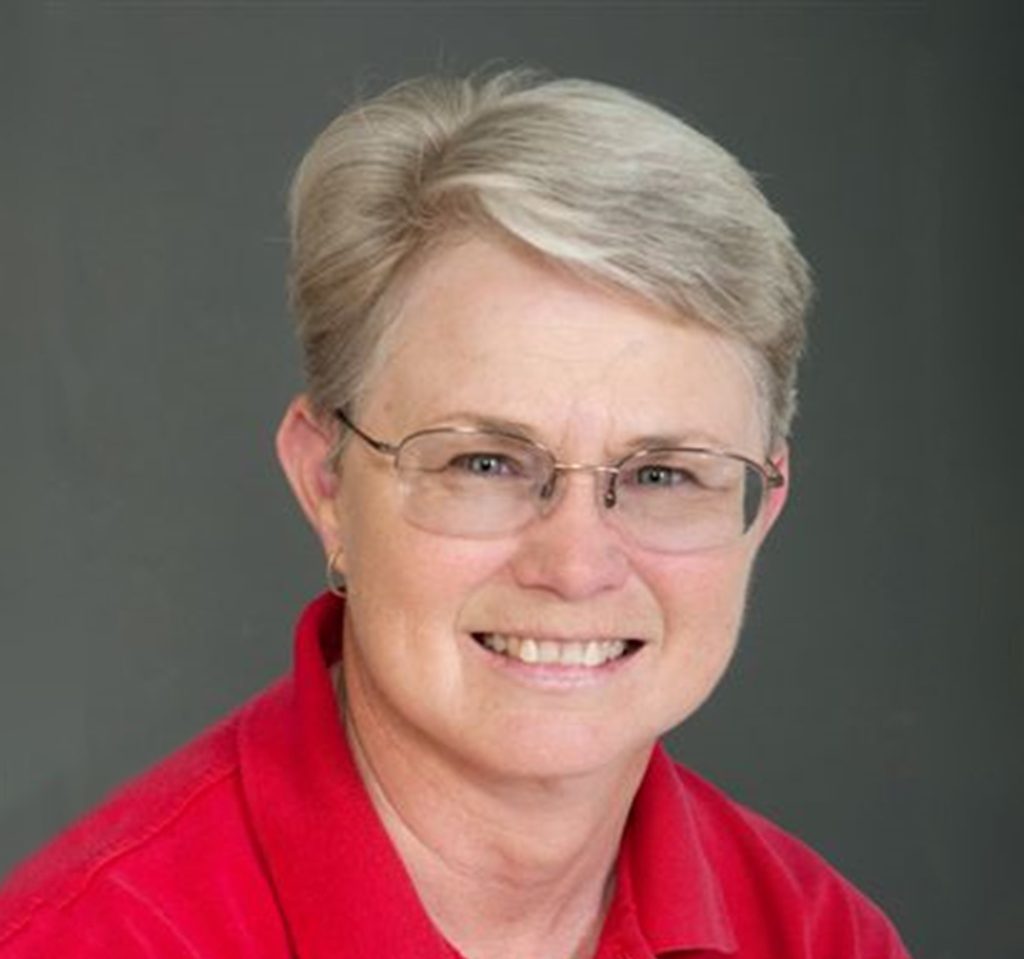 By Pat Church
By Pat Church
Little did I know when I started this journey in 2004 with the USGTF that I would enjoy it so much. It all started back in the late ‘1960’s at New Orleans Country Club, Louisiana, where my father was an instructor. I would “go to work” with him as often as I could. My chores would include working in the shop dressing mannequins, filling tee bags, doing inventory, dusting and other things, etc. These chores allowed me to get to the driving range to hit balls or watch my dad and other instructors give lessons. The fuse was lit, and I kept golf in my life since then.
I helped many friends learn the game on a casual basis and totally enjoyed it. When a new course was opened less than a mile from my home, I applied for a position as a course marshal. That led me back to teaching and the USGTF in 2004. After completing the first two certifications, I decided to continue on to the Master Golf Teaching Professional level. What a wonderful decision!
I started teaching full time, specializing in helping women get started in the game and continue to improve. Our course also had a strong junior program, so I also worked with The First Tee program and Nike junior camps. We also had a contract with the University of Oregon to teach their physical education golf classes and had many wonderful college age students. Anybody recognize the name Marcus Mariota? He was a great student!
The most wonderful group I became involved with is The Special Olympics golfers. They are, by far, the highlight of my career. I was the local program coordinator from 2004 until 2019. During this time, I was honored be selected as one of Team USA’s golf coaches that went to Athens, Greece, in 2011, and then again in 2015 in Los Angeles. I was also the Team Oregon coach in 2014 in New Jersey. All of these athletes hold a very “special” place in my heart.
My teaching career has slowed a bit now – by choice. Semi-retirement is setting in for me, but I doubt that I will ever stop helping golfers. I also enjoy playing in the United States Golf Teachers Cup every year, winning the Ladies division twice, but more importantly, seeing all of my buddies and enjoying the new courses we play.
I owe all of this success to the fuse that was lit by my dad, then fanned by the USGTF. I thank the instructors of all the certification courses and the membership in general.
STUDENT SPOTLIGHT – DANIEL LIU
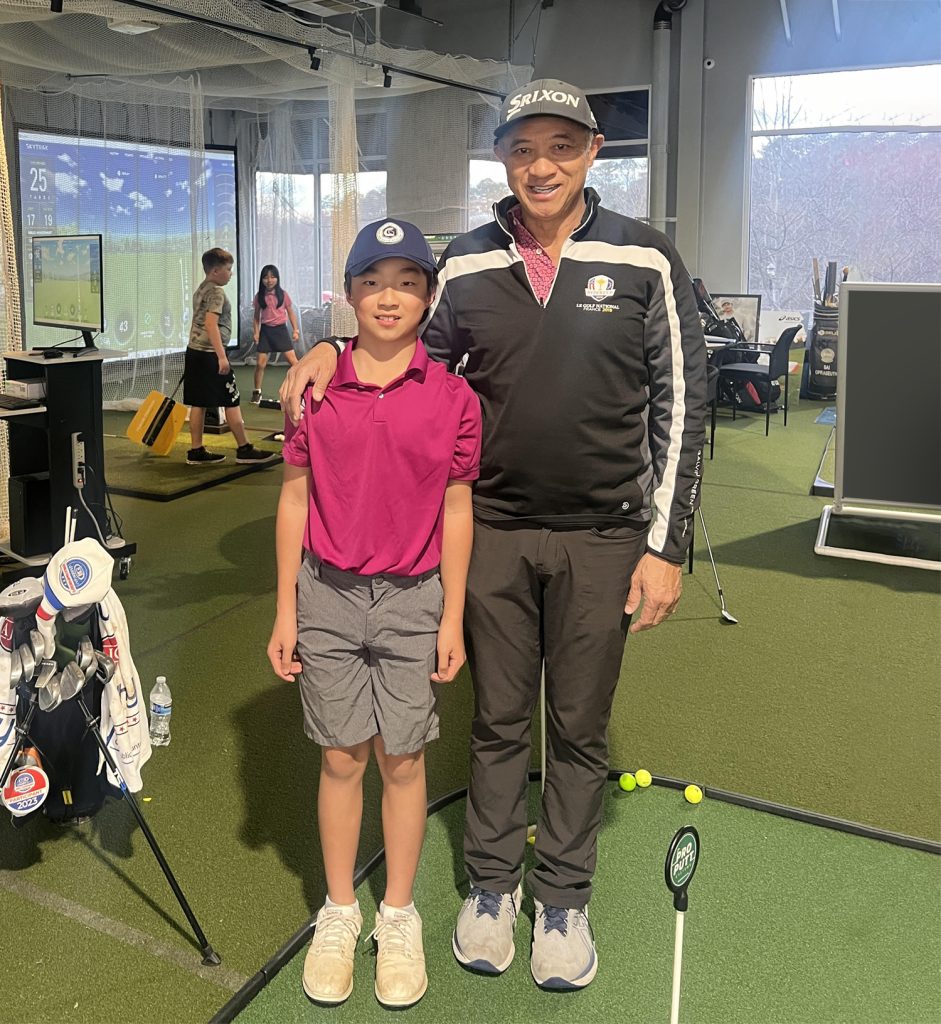 By Sai Opraseuth
By Sai Opraseuth
Daniel Liu is a 13 year old student of mine. He has been taking lessons from me since he was 8 years old. He is an exceptional young man with great dedication to the game.
Daniel has participated in the USKids local tour for the last few years. He has also competed in the last 3 USKids World Championship at Pinehurst.
Daniel’s goal is to be a professional golfer and compete in the PGA. He has displayed the necessary dedication to become a pro as witnessed by his consistently long daily hours in my academy. His commitment is extraordinary.
Daniel has a great personality. He is friendly and enjoys helping others succeed in golf. He has enthusiastically helped me run the Sai Golf Academy summer camps for the last two years.
USGTF INDUSTRY PARTNER – LIABILITY INSURANCE UPDATE – INSURANCE CANOPY
 Insurance Canopy is offering liability insurance for golf teaching professionals. If you are an independent contractor golf teaching professional, you almost certainly will be required to have liability insurance to ply your trade at a facility. This insurance covers things that may occur during the course of a lesson environment, such as an injury or property damage.
Insurance Canopy is offering liability insurance for golf teaching professionals. If you are an independent contractor golf teaching professional, you almost certainly will be required to have liability insurance to ply your trade at a facility. This insurance covers things that may occur during the course of a lesson environment, such as an injury or property damage.
The cost is $12.50 per month or $129 annually. For more information and to receive a quote, please click on https://www.insurancecanopy.com/fitness-instructor/golf-instructor-liability-insurance.
EDITORIAL – WHERE DO LIV GOLF AND PGA TOUR STAND NOW?
The news shocked many in the golf world, with Golf Channel’s Brandel Chamblee claiming it was one of the darkest days in golf history. For context, Chamblee is an ardent detractor of the LIV Tour due to its association with Saudi Arabia.
However, this past January, the PGA Tour and the Strategic Sports Group (SSG) announced a partnership in which the SSG would provide a private equity investment. According to Golfweek, “The program, which is a joint venture between the PGA Tour and Strategic Sports Group, will reward 200 PGA Tour players with $1.5 billion in equity. The program rewards players based on career achievements, future participation and services and more. The grants are only available to qualified players.” In other words, PGA Tour players will be awarded cash and other types of financial benefits for staying loyal to the PGA Tour and not joining LIV Golf.
Where the situation stands with the PGA Tour and the PIF (and by extension, LIV Golf) remains to be seen. Sources close to the situation say an agreement of some sorts is still planned, but now it’s simply a waiting game. One thing is certain, though: Every PGA Tour player should be grateful that LIV Golf emerged, because had it not, there is no doubt that the money now currently flooding PGA Tour players’ bank accounts would not have occurred.
REGISTRATION OPEN FOR 2024 U.S. CUP
The Luxor on the Las Vegas Strip will once again serve as the recommended host hotel, offering much better prices than 2023 through diligent efforts by Headquarters. Those interested in making early reservations can book at https://book.passkey.com/event/50719407/owner/4939/home For more information on Painted Desert Golf Club, please visit http://www.painteddesertgc.com.


